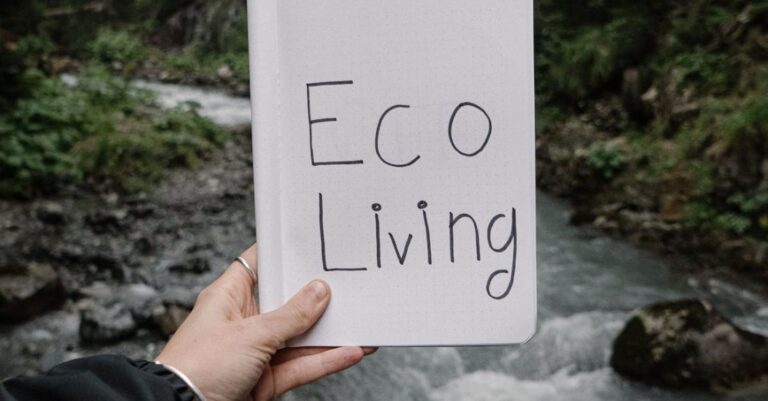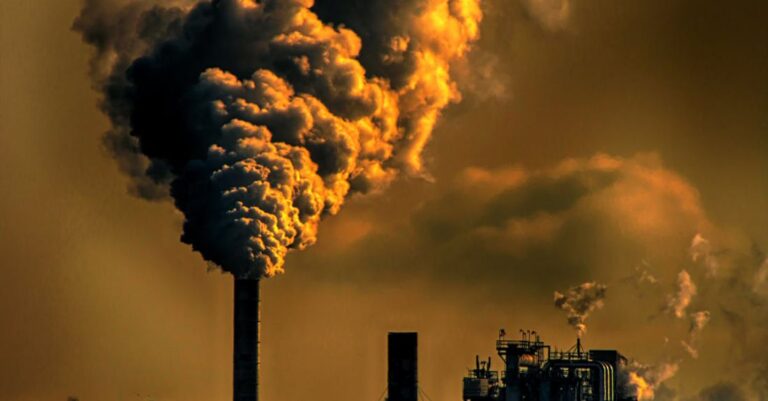
Climate Change: A Threat to Biodiversity
Climate change poses a significant threat to biodiversity, impacting ecosystems and species worldwide. The Earth’s climate is rapidly changing due to human activities, primarily the burning of fossil fuels and deforestation. These activities release greenhouse gases into the atmosphere, trapping heat and leading to global warming. As a result, various ecosystems are experiencing shifts in temperature and precipitation patterns, which in turn affect the distribution, abundance, and behavior of plant and animal species. This article delves into how climate change is affecting biodiversity and the potential consequences for ecosystems and species.
Ecosystem Disruption
One of the most visible impacts of climate change on biodiversity is the disruption of ecosystems. Many species have evolved to thrive within specific temperature ranges and climatic conditions. However, as the climate changes, these conditions are no longer optimal for their survival. For example, rising temperatures can lead to the loss of sea ice in polar regions, affecting species like polar bears that rely on ice for hunting and breeding. Similarly, changes in precipitation patterns can lead to droughts or floods, altering the availability of food and habitat for many species. These disruptions can result in population declines, range contractions, and, in some cases, local extinctions.
Shifts in Species Distribution
Climate change is also causing shifts in the distribution of species across landscapes. As temperatures warm, many species are moving towards higher latitudes or elevations in search of suitable habitats. This migration can disrupt existing ecological communities and lead to competition with native species for resources. In some cases, species may not be able to move fast enough to keep up with the changing climate, resulting in isolated populations that are more vulnerable to extinction. Additionally, the movement of species can introduce new predators, competitors, or diseases to ecosystems, further destabilizing biodiversity.
Altered Phenology
The timing of natural events, known as phenology, is closely linked to climate conditions. Many species rely on environmental cues, such as temperature and daylight, to time their life cycle events, such as breeding, migration, and flowering. However, as the climate changes, these cues may become mismatched, disrupting critical interactions within ecosystems. For example, changes in the timing of flowering can affect pollinators’ ability to find nectar, leading to declines in both plant and pollinator populations. Similarly, shifts in the timing of migration can impact the availability of food for migratory birds, affecting their survival and reproductive success. These altered phenological events can have cascading effects on biodiversity, ultimately impacting ecosystem functioning.
Increased Extinction Risk
Perhaps the most concerning impact of climate change on biodiversity is the increased risk of extinction for many species. As habitats become unsuitable or fragmented due to changing climatic conditions, species may struggle to adapt or find new suitable habitats. This can lead to population declines and, ultimately, extinctions. The Intergovernmental Panel on Climate Change (IPCC) predicts that up to one million species are at risk of extinction due to climate change, with significant consequences for ecosystems and human well-being. Protecting biodiversity in the face of climate change requires urgent action to reduce greenhouse gas emissions, preserve habitats, and enhance species resilience to changing conditions.
Mitigating Climate Change for Biodiversity Conservation
To mitigate the impacts of climate change on biodiversity, concerted efforts are needed at local, national, and global levels. Conservation strategies should focus on preserving and restoring habitats, establishing protected areas, and promoting sustainable land management practices. Additionally, reducing greenhouse gas emissions through transitioning to renewable energy sources, improving energy efficiency, and enhancing carbon sequestration can help mitigate climate change impacts on biodiversity. Collaboration among governments, scientists, conservation organizations, and local communities is essential to address the complex challenges posed by climate change and safeguard biodiversity for future generations.
In conclusion, climate change poses a significant threat to biodiversity, with far-reaching consequences for ecosystems and species worldwide. Understanding how climate change is affecting biodiversity is crucial for developing effective conservation strategies to mitigate its impacts. By taking urgent action to reduce greenhouse gas emissions, protect habitats, and enhance species resilience, we can help preserve biodiversity in the face of a changing climate. It is imperative that we work together to address the root causes of climate change and protect the rich tapestry of life on Earth for future generations.





